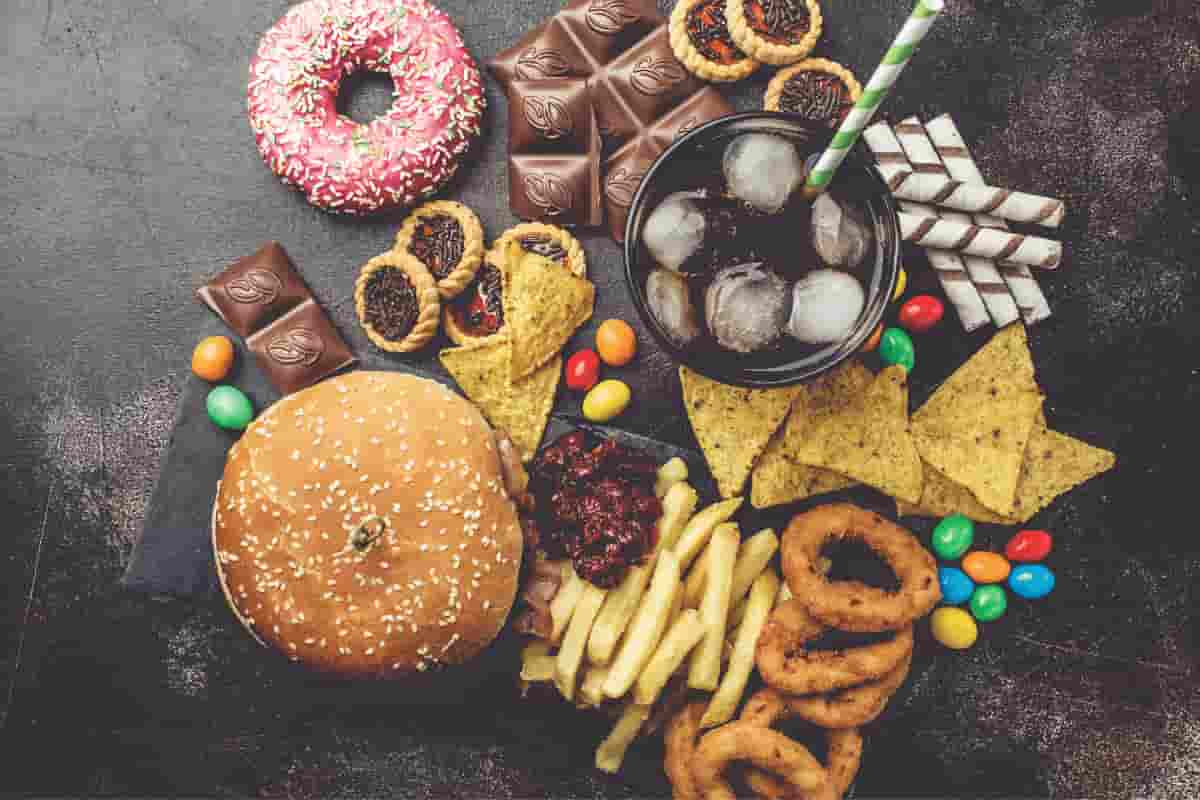Elimination Diet for Menopause Symptom Management

While you may know that food can impact how you feel, the tricky question is exactly which foods affect which symptoms. Because this answer varies from person to person, elimination diets are the most reliable way to get insight into your body’s reaction.
Thanks to the unique interactions between genetics, environment, and experiences, your reaction to food is unique to you. An elimination diet uses a systematic approach to learn how your body reacts to particular foods.
Can Food Affect Menopause Symptoms?
You bet! Research shows us that certain foods—like antioxidant-rich berries, cruciferous vegetables, and salmon, for example—are associated with fewer hot flashes and better brain health.
The research on what foods may aggravate symptoms during menopause is less definitive. However, many women have identified certain foods as triggers for joint pain, headaches, indigestion, hot flashes, and sleep issues.
Common culprits include:
- Dairy
- Gluten
- Caffeine
- Alcohol
- Added sugar
- Spicy foods
Why Do An Elimination Diet?
If you’re struggling with menopause symptoms and wondering what role your diet is playing, an elimination diet will give you more clarity. While you might be tempted to get quick answers from a food sensitivity blood test instead, these tests are controversial among experts.
Elimination diets offer two kinds of information: whether a certain food is worth avoiding or if you can enjoy it without added concern.
Elimination Diet Strategies
You can approach an elimination diet in one of two ways: top-down or bottom-up. Both are systematic and can provide valuable insight!
Approach #1: Eliminate suspected trigger foods one at a time
Try eliminating one food or food group for at least two weeks. Notice how you feel. Then, eliminate another food and give your body another two weeks to adjust. Continue eliminating foods until you notice an improvement in your symptoms.
This approach can feel more manageable and less drastic than approach #2. However, you may have to wait longer to get relief.
Approach #2: Eliminate all suspected trigger foods at once
Remove all of the potential food suspects at once and avoid them for at least two weeks. Then, add them back into your diet one at time, giving your body at least two weeks with each newly added food to determine if it has any negative effect.
While this approach can feel more drastic, it may provide faster relief if any of the foods you’re eliminating are a factor in your symptoms. To make this approach more sustainable, start by adding back the foods that you missed most first.
A Dietitian’s Tips For Success
Regardless of the strategy you choose, these key concepts apply to every elimination diet:
- Make sure you’re “all in.” To gain reliable insight from your elimination diet, it’s important to commit 100%. For instance, if you want to know how dairy affects your symptoms accurately, you’ll want to avoid every form of dairy – even lactose-free products or products with small amounts of dairy ingredients. Familiarize yourself with “hidden” ingredients to prevent yourself from accidentally eating small traces.
- Give it time. While it can be tempting to want to see quick results, it’s important to give each food you’re eliminating at least two weeks. You may need to wait as long as three or four weeks if your results aren’t clear.
- Write it down. Keep track of
- what foods you’re avoiding,
- for how long, and
- what symptoms arise
to stay on track and gain more data from your experiment. Recording your experience in a calendar or diary removes guesswork and memory errors.
- Focus on the foods you can still enjoy. It can be frustrating to feel like foods are “off-limits” on an elimination diet. Reframe your thinking to focus on all the foods you can still eat—the list is probably longer than you think! It can help create an actual list of these foods and keep it on hand when you’re shopping or brainstorming meal ideas.
Sign up for more unique women’s health content
By submitting this form, you agree to the Lisa Health Privacy Policy and Terms of Use


